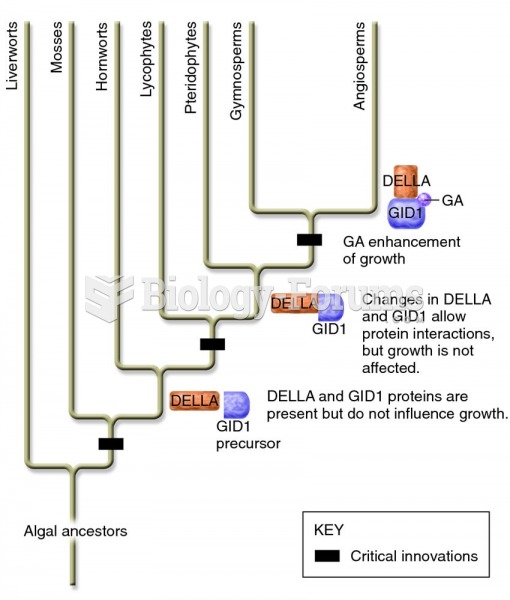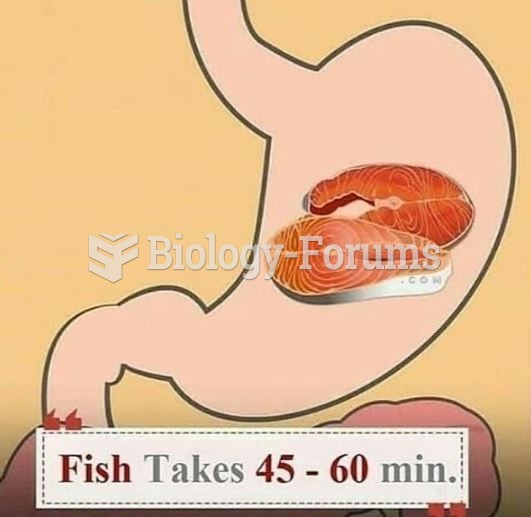Answer to Question 1
Just-in-time inventory (JIT) system is an advanced manufacturing technique for managing the flow of inputs into the organization is the just-in-time inventory system. Developed from the Japanese kanban system (a kanban is a card), a just-in-time inventory (JIT) system requires inputs and components needed for production to be delivered to the conversion process just as they are needed, neither earlier nor later, so input inventories can be kept to a minimum.
A JIT system increases task interdependence between stages in the production chain. Traditional mass production draws a boundary between the conversion stage and the input and output stages and sequences conversion activities only. JIT systems break down these barriers and make the whole value-creation process a single chain of sequential activities. Because organizational activities become a continuous process, technical complexity increases, in turn increasing the efficiency of the system.
JIT systems bring flexibility to manufacturing. The ability to order components as they are needed allows an organization to widen the range of products it makes and to customize products.
Answer to Question 2
Intensive technology is characterized by a work process where input, conversion, and output activities are inseparable. Intensive technology is based on reciprocal task interdependence, which means that the activities of all people and all departments fully depend on one another. The difficulty of specifying the sequencing of tasks that is characteristic of intensive technology makes necessary a high degree of coordination and makes intensive technology more expensive to manage than either mediating or long-linked technology. Mutual adjustment replaces programming and standardization as the principal method of coordination. Product team and matrix structures are suited to operating intensive technologies because they provide the coordination and the decentralized control that allow departments to cooperate to solve problems. One of the strategies that an organization can pursue to reduce the costs associated with intensive technology is specialism, producing only a narrow range of outputs. A hospital is an example of an organization that operates an intensive technology.







